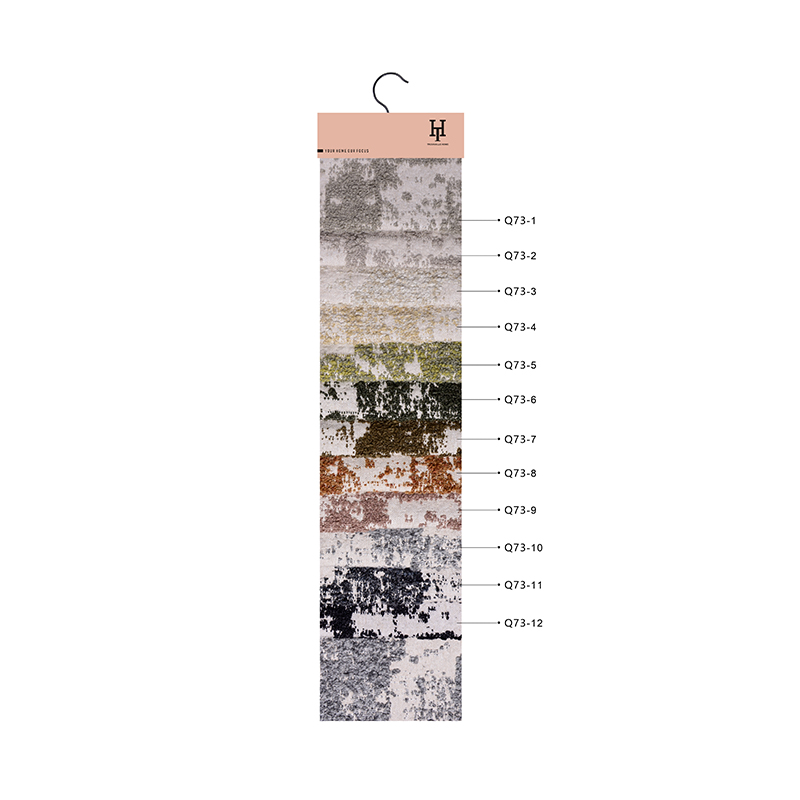How sustainable is Velvet Fabric?
In the vast field of fashion and home decoration, Velvet Fabric has won the favor of countless people with its unique touch, elegant luster and luxurious appearance. However, while pursuing beauty and comfort, its sustainability has also become a topic of increasing concern.
Selection of raw materials: Return to nature and pursue sustainability
The traditional raw materials of Velvet Fabric are mostly natural fibers such as silk and wool. Although these materials come from nature, their production process is often accompanied by high environmental costs. In recent years, with the rise of the concept of sustainable fashion, more and more manufacturers have begun to turn to environmentally friendly materials such as organic cotton, bamboo fiber, and recycled fiber as alternatives. These materials not only reduce the pressure on the environment, but also ensure the comfort and durability of the fabric.
Optimization of the production process: energy saving and emission reduction, green production
In the production process, the sustainability of Velvet Fabric is mainly reflected in energy saving and emission reduction and green production. The production of traditional velvet fabrics involves complex process flows, including spinning, weaving, dyeing, finishing and other links, and each step may have an impact on the environment. To this end, manufacturers have introduced advanced production technology and equipment, and adopted low-energy and low-emission production methods to try to reduce the impact on the environment. For example, water-saving dyeing processes are used to reduce wastewater discharge; environmentally friendly dyes and auxiliaries are used to avoid pollution of the environment by harmful substances.
Environmental impact assessment: a full life cycle perspective
To comprehensively evaluate the sustainability of Velvet Fabric, it is necessary to consider its impact on the environment from the perspective of the entire life cycle, from raw material acquisition, production and processing, use and consumption to waste disposal. In this process, manufacturers, consumers and recycling agencies all play an important role. Manufacturers should actively adopt environmentally friendly materials and processes to reduce the environmental burden in the production process; consumers should establish a green consumption concept, choose environmentally friendly products, and use and maintain them reasonably; recycling agencies should establish a complete recycling system to achieve effective recycling and reuse of waste.
Future development trends: innovation and integration to promote sustainable development
Faced with increasingly severe environmental problems, the sustainable development of Velvet Fabric has become an irreversible trend. In the future, the sustainability of Velvet Fabric will be reflected in the following aspects:
Technological innovation: Through technological innovation, we will continue to develop new environmentally friendly materials and processes to improve the performance and durability of fabrics, while reducing the environmental cost in the production process.
Industrial integration: Strengthen integration with other industries, such as cooperation with renewable energy, circular economy and other fields, to jointly promote sustainable development.
Consumer education: Strengthen consumer education, improve consumers' awareness and acceptance of sustainable fashion, and guide consumers to choose environmentally friendly products.
Policy guidance: The government should introduce relevant policies to encourage and support the research and development and application of environmentally friendly materials to promote the sustainable development of the entire industry.
The sustainability of Velvet Fabric is a complex and important issue. Through the selection of raw materials, optimization of the production process, assessment of environmental impact and the outlook for future development trends, we can see that with the efforts of all parties, Velvet Fabric is gradually moving towards a more environmentally friendly and sustainable future. This is not only a manifestation of responsibility for the environment, but also a responsible inheritance for future generations.




















